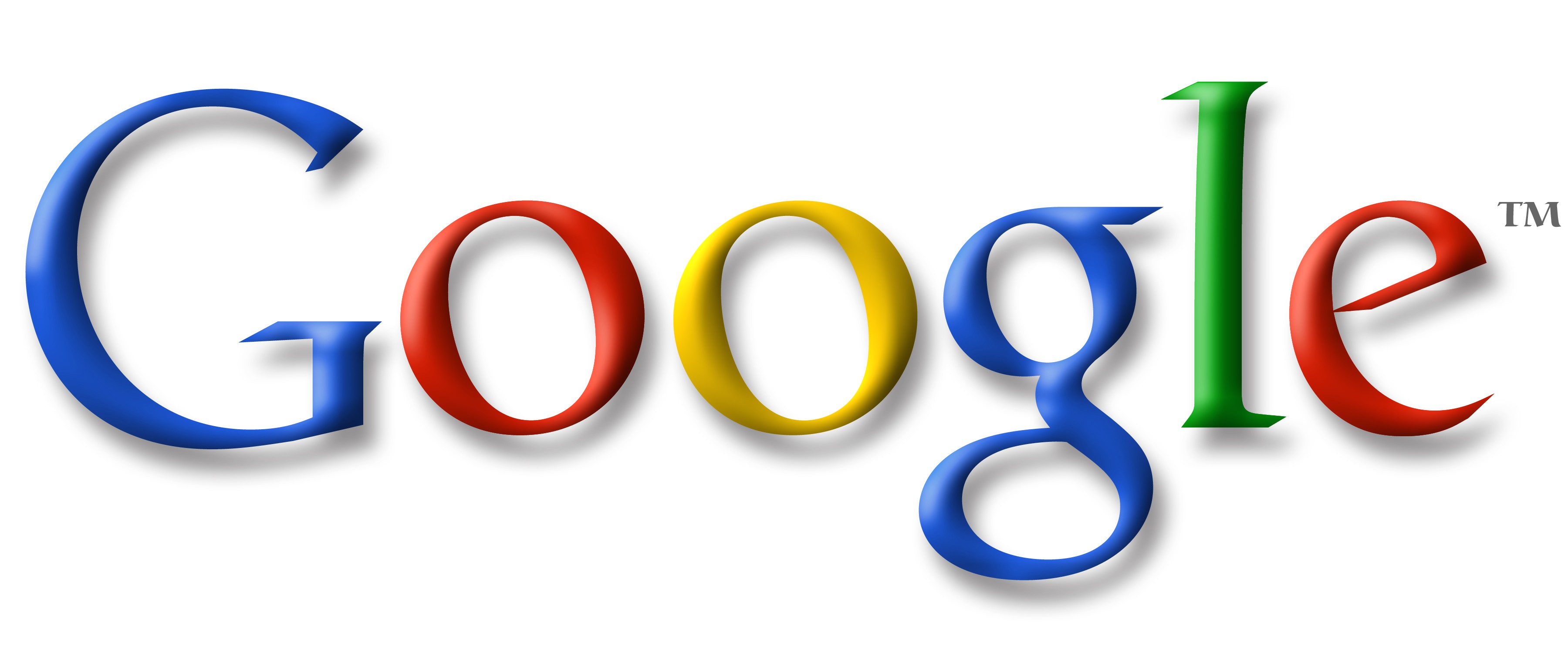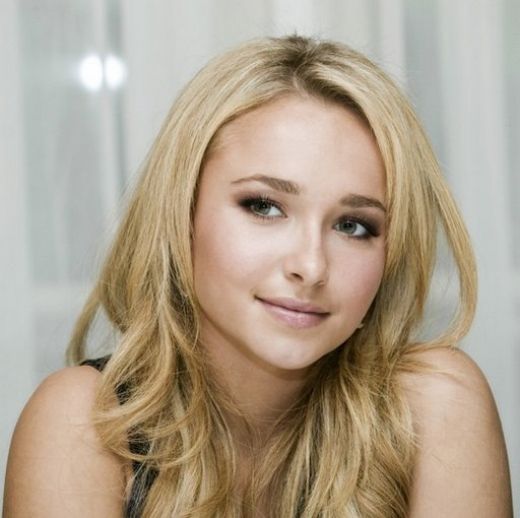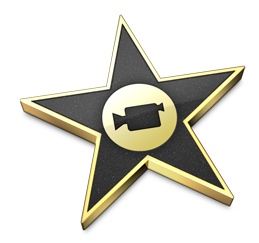4. How did you use new media technologies in the
construction and research, planning and evaluation stages?
 When planning and researching for our trailer in the
beginning stages, we mainly used the internet to discuss the conventions of the
horror genre, the conventions of a trailer and brainstorm ideas for a
story line. As we had previously explored the horror genre for our year 12 coursework, we were quite familiar with the conventions but had to research a different area as we used traditional horror (1980's) previously and wanted to create a modern horror film. We did this by looking at examples of well made horror films, so Googled 'top ten horror movies' to come up with a key list of codes and conventions that would need to included in our trailer. IMDb's list of Top 10 Horror Movies of all Time included a number of late 20th Century horror films such as The Shining, Alien and The Exorcist, so we concentrated on the more modern films, 21st Century, such as Shaun of the Dead and Woman in Black. We were able to use YouTube to watch the trailers of the horror films that we liked to analyse what we thought made these films successful. This helped us with inspiration for our own story line; we found the Internet extremely useful in the initial stages of our research as it is so easy, simple and quick to be able to access information. We also created a horror genre mood board, this was so we could visualise the genre and get an idea of the image our trailer would create.
When planning and researching for our trailer in the
beginning stages, we mainly used the internet to discuss the conventions of the
horror genre, the conventions of a trailer and brainstorm ideas for a
story line. As we had previously explored the horror genre for our year 12 coursework, we were quite familiar with the conventions but had to research a different area as we used traditional horror (1980's) previously and wanted to create a modern horror film. We did this by looking at examples of well made horror films, so Googled 'top ten horror movies' to come up with a key list of codes and conventions that would need to included in our trailer. IMDb's list of Top 10 Horror Movies of all Time included a number of late 20th Century horror films such as The Shining, Alien and The Exorcist, so we concentrated on the more modern films, 21st Century, such as Shaun of the Dead and Woman in Black. We were able to use YouTube to watch the trailers of the horror films that we liked to analyse what we thought made these films successful. This helped us with inspiration for our own story line; we found the Internet extremely useful in the initial stages of our research as it is so easy, simple and quick to be able to access information. We also created a horror genre mood board, this was so we could visualise the genre and get an idea of the image our trailer would create.We also used the internet to research different narrative and audience theories that we applied to our horror trailer. An example of a theory we used was such 'The Gaze' theory by Laura Mulvey, which is explained in her essay 'Visual Pleasure and Narrative Cinema'. We understood this as the idea that the average audience prefer to see attractive people as the protagonists, they are more likely to connect with the characters and become more in to the film. This sounds like quite a shallow view to have, but this is the case as presented in most Disney films; the villain is usually unattractive and not pleasant to look at while the hero/heroine is extremely attractive and innocent. We applied this to our trailer by having the 'old man' as the villain dressed in dark clothes with glasses and the character of the 'whore' as a pretty blonde with revealing clothing.
Using the internet, we were also able to advertise our film within our target audience of 16-24 year olds using social media.We did this by creating a Facebook, Twitter and YouTube page, which we regularly updated with news and pictures of how our trailer was coming along. We concluded from internet research that 45% of global Facebook users are ages 13-25, and more females use Facebook than males, so Facebook was a perfect way to advertise our film. As the popularity of Twitter increases in the celebrity and media world, we felt this was another field of social media that would be effective in advertising our film, and we regularly tweeted to our followers and included links to our blog posts about what was happening with our trailer production.
Our blog was another major field of social networking that played a major part in our coursework, as this is where we recorded all our researching, planning and construction so we have a chronological log of the journey of our trailer, which has been very useful when evaluating our coursework as we've been able to refer back to the process.
To gather information from our target audience we decided to conduct a questionnaire to find out the general opinions of horror films to help us begin our story line. We did this in the style of a 'vlog', a video blog, as this would be more visually interesting than reading questionnaire results. We thought because we post our research on our blog we could put links to our posts on our Facebook and Twitter sites so our social medias were connected. We were able to use iMovie to create this and this was the first video we created for our coursework so used it to also refresh our memories on editing. We filmed a number of people from school that fell into our target audience in pairs and asked them a series of questions including their opinions on the sub-genres of horror, the sound and the composition of a trailer. We included text slides to separate the questions and then had different clips of people answering these questions, so the difference of people's answers was obvious. We took the feedback gained from our questionnaire applied what our target audience had said.
During our production, we were lucky enough to use a Canon 5D Mark II camera meaning the quality of our filming was very high. This automatically improves the professionalism of any footage so we were very pleased that we had the opportunity to use this camera. We also used a tripod to film some sections, but from our research we realised that trailers contain mainly quick cuts and fast shots so we mainly hand held the camera when filming.
To edit our trailer we again used iMovie, and by now we were extremely familiar with the program. Unfortunately due to weather conditions our filming was rescheduled leaving us minimal time to edit and this caused us a few problems as we did not have much time to re-film anything if we needed too. iMovie allowed us to create an original trailer and produce what we thought was a suitable trailer for our genre. We added 'fade to blacks' between each cut to separate the shots, as we found this an important convention of horror trailers. We were also able to edit the sound on our footage, making it louder, quieter or muting it. We created our own soundtrack by recording our main male character playing the piano; a series of minor chords on a grand piano that was conveniently at our location and added very effectively to the mise-en-scene of our trailer, as an old creepy man playing a grand piano is something you would expect to see in a horror scene. This reminded us of Davy Jones, the villain in Pirates of the Caribbean II playing his organ. iMovie also provides a large number of sound effects that could easily be added to our trailer, so we used a static electricity to create an edgy sound when the 'writing on the wall' first appears, and also recorded our own sound effects to layer over the piano chords which was a knife scraping, a girl's scream and a ticking clock. These sounds were all recorded on the camera, but we tested them first recording them on an iPhone to check how they would sound.
For our ancillary tasks, we created our poster on Photoshop. This program allowed us to create an original product that advertised our film and linked with our trailer, as they shared the same logo and theme. We were able to add images and text and edit them as we required and follow the conventions of a movie poster. The program provides grid lines so we were able to create a clean and organised poster that appears professional and everything is lined up in a neat fashion. We also wanted some aspects of the poster to stand out more than others, Photoshop allowed us to change the opacity of text and images. An example of this was the cartoon silhouette of a house that we had in the background of the poster, we wanted this visable but not so it took attention away from the logo so we faded it slightly and made it black and white.







No comments:
Post a Comment